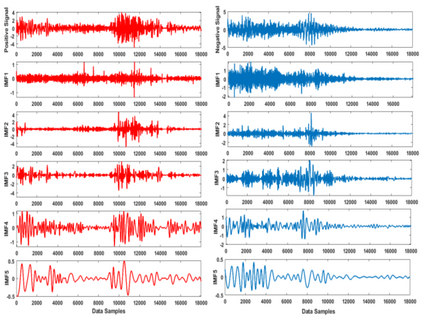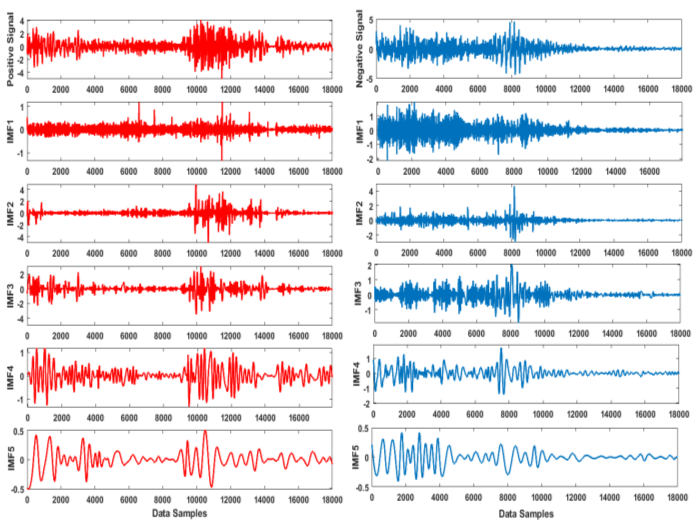The epidemic disease, called the new coronavirus (COVID19), firstly occurred in Wuhan, China in December 2019. COVID19 was announced as an epidemic by World Health Organization soon after. Some of the symptoms of this disease are fever, cough, shortness of breath and difficulty in breathing. In more severe cases, death may occur as a result of infection. The most significant question in fighting the pandemic and controlling the epidemic is the early diagnosis of COVID19(+) patients and the follow-up of these patients. Therefore, various diagnostic mechanisms are used. Additionally to the RT-PCR test, medical imaging methods have been utilized, especially in the detection of COVID19(+) patients. In this study, an alternative approach was proposed by using cough data, which is one of the most prominent symptoms of COVID19(+) patients. The cough acoustic public dataset on the Virufy website was used. The entire data was normalized using z-normalization technique. The performance of the features obtained via the 5-layer empirical mode decomposition method and the performances of different classifiers has been compared. As the classifier algorithm, 5 different algorithms were used. The highest accuracy and F1-score performances were obtained by using Ensemble-Bagged-Trees algorithm as 90.6% and 90.5%, respectively. On the other hand, other classification algorithms used in the study are Support Vector Machines, Logistic Regression, Linear Discriminant Analysis and k-Nearest Neigbors, respectively. According to the results obtained, choosing the right classifier algorithm provides high results. Thus, it is clear that using cough acoustic data, those with COVID19(+) can be detected easily and effectively.
翻译:流行性疾病,称为新的冠状病毒(COVID19),首次于2019年12月在中国武汉发生。COVID19是世界卫生组织不久后宣布的流行病。这种疾病的一些症状是发烧、咳嗽、呼吸不足和呼吸困难。在更严重的病例中,死亡可能是感染造成的。防治这种流行病和控制这种流行病的最重要问题是早期诊断COVID19(+)病人和这些病人的后续。因此,使用了各种诊断机制。除了RT-PCR测试外,还使用了医学成像方法,特别是检测COVID19(+)病人。在这次研究中,使用咳嗽数据的某些症状是发病者最突出的症状之一。在Virufy网站上使用了咳嗽声公共数据集。整个数据可以使用 z- 正常化技术实现正常化。通过5级实证分类法解剖析方法和不同分类机的性能分析结果, 分别使用NERCL1 数据进行对比。使用DNA结果, 使用另外的数值分析结果, 使用另外的数值分析结果是 。











